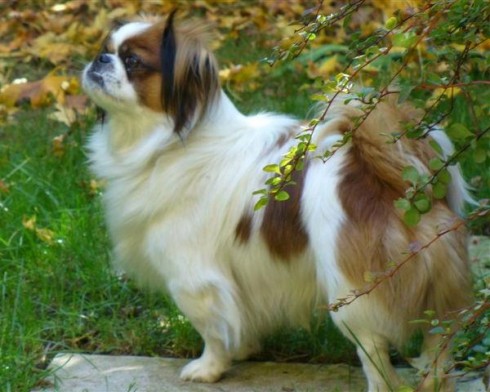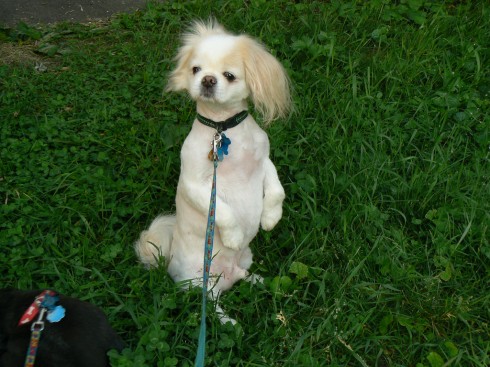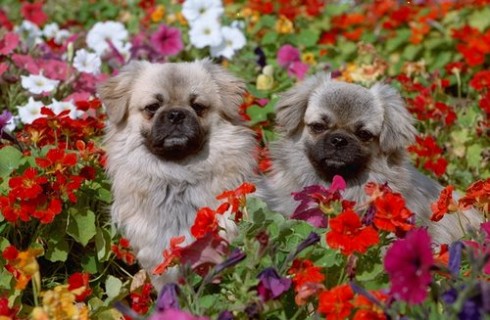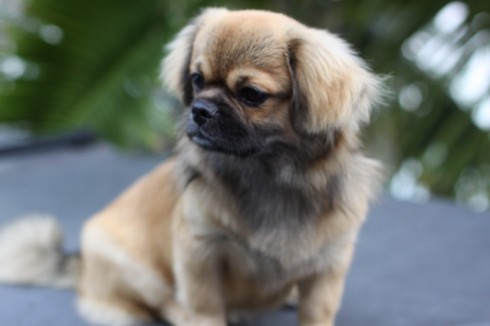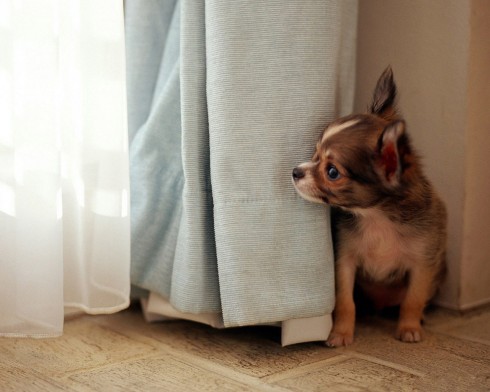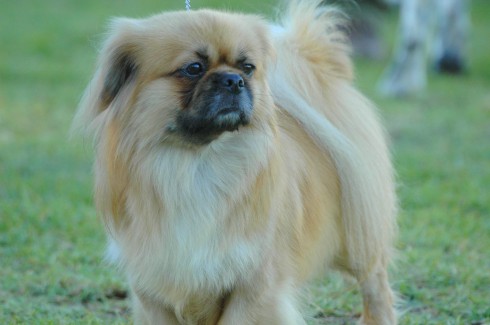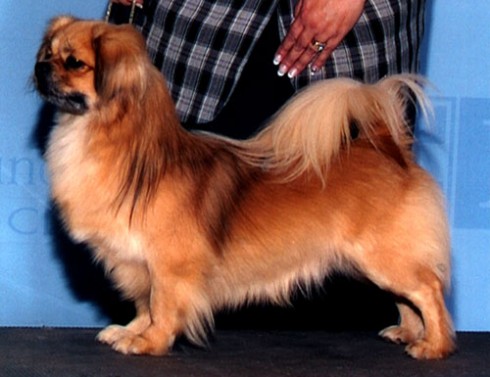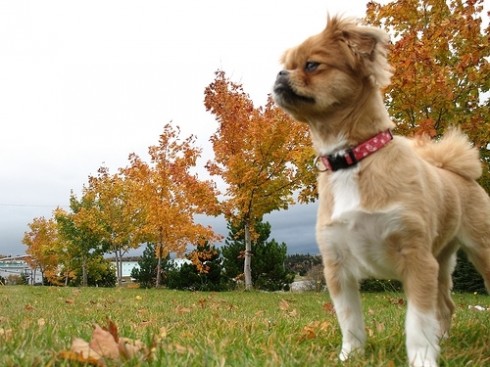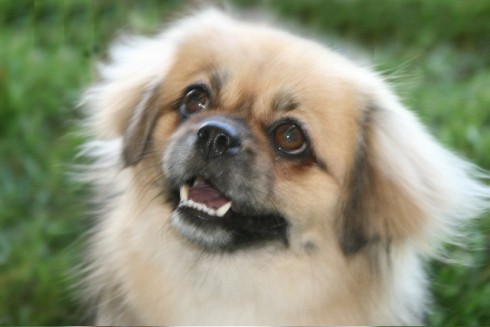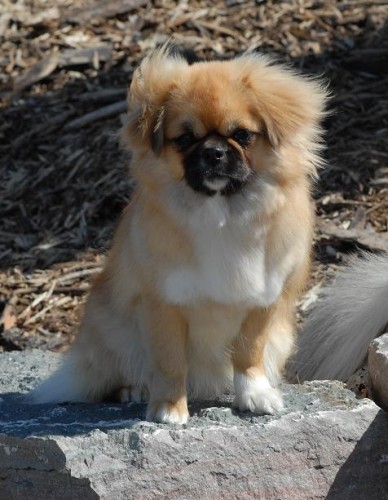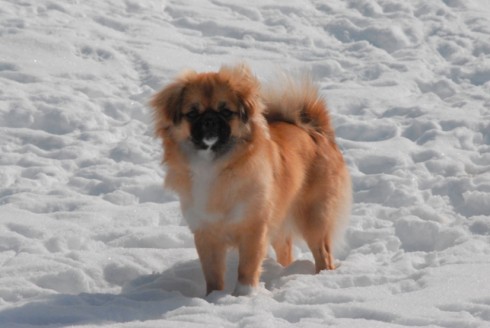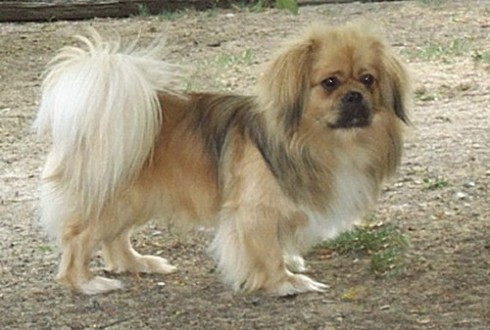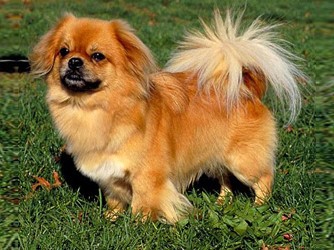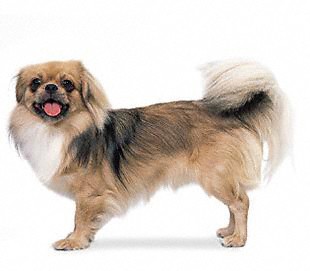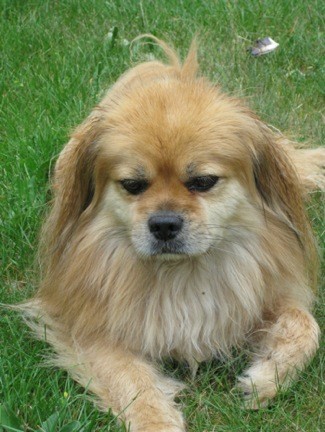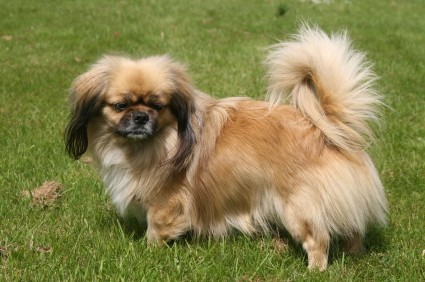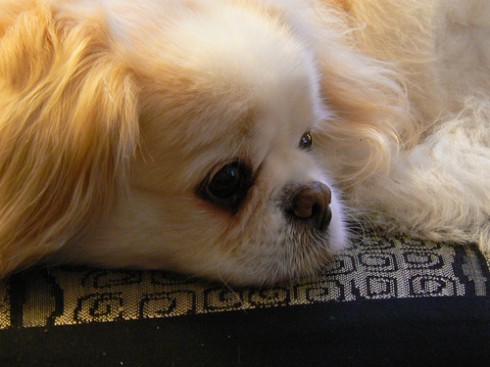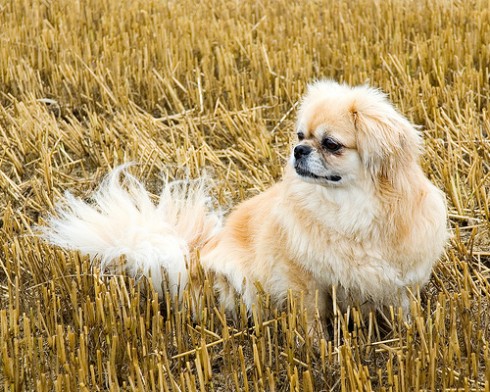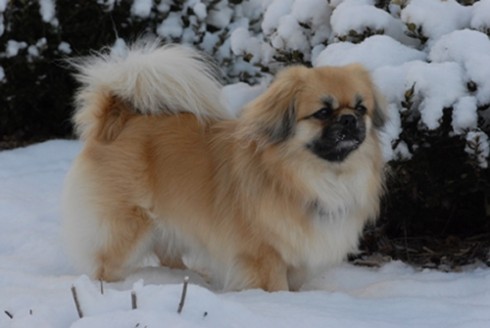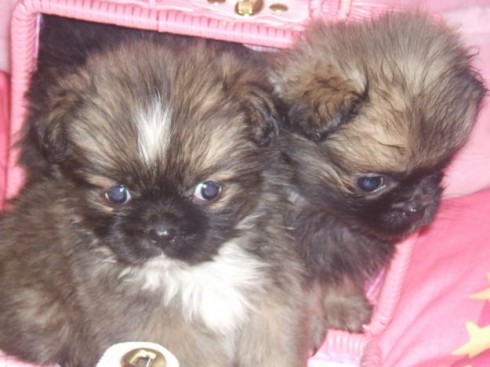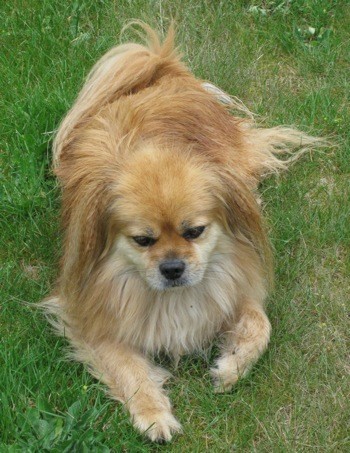Main Index
In Store
Our Web Store
Miniature Schnauzer Picture Gallery
Latest Dog Blogs
- What Are The Basic Commands To Train A Dog?
- PaySafe As The Most Popular Type Of Deposit
- Everything You Need To Know About Pet Sales
- Dogs Contribute To Our Physical And Mental Well Being
- How To Choose Where To Bet On Greyhounds In 2022
- Volunteer With Animals - How To Help Dogs Around The World
- Basic Understanding Of The House Edge
- Why You Should Get A Dog
- Top 20 Popular Dog Names Around The World
- Constipation in Dogs and How to Find Solutions
Tibetan Spaniel
Tibetan Spaniel Picture Gallery
Tibetan Spaniel Clubs/Associations
The Full Tibetan Spaniel Description
The Tibetan Spaniel is intelligent and loving. He's not a lap dog, even though he's small. He's a brave watchdog and likes to take walks and play. Tibetan Spaniels get along well with other animals, especially other dogs.
Did you know?
Tibetan Spaniels were used as watched dogs as well as companion dogs.
Tibetan Spaniels are family-oriented and very trusting of other dogs and people.
So you want to own a Tibetan Spaniel?
The Tibetan Spaniel is known for his remarkable intelligence and affectionate nature.
The Tibetan Spaniel enjoys the company of his family and does not like to be left alone for long periods of time. He does enjoy the company of other dogs.
The Tibetan Spaniel is gay and assertive. Although he may be somewhat aloof towards strangers, he is devoted to his family
Indicative Breed Standard
General Appearance
Small, active and alert. Well balanced in general outline, slightly longer in body than height at withers.
Characteristics
Gay and assertive, highly intelligent, aloof with strangers.
Temperament
Alert, loyal but independent.
Head and Skull
Small in proportion to body, carried proudly. Masculine in dogs but free from coarseness. Skull slightly domed, moderate width and length. Stop slight but defined. Medium length of muzzle, blunt with cushioning, free from wrinkle. Chin showing some depth and width. Nose: black preferred.
Eyes
Dark brown, oval, bright and expressive, medium size, set fairly well apart but forward looking. Rims black.
Ears
Medium size, pendant, well feathered in adults, set fairly high. Slight lift from the skull desirable but must not fly. Large, heavy, low set ears untypical.
Mouth
Slightly undershot. Teeth evenly placed and the lower jaw wide between the canine teeth. Full dentition desirable. Teeth and tongue not showing when mouth closed.
Neck
Moderately short, strong and well set on. Covered with a mane or ‘shawl’ of longer hair, more pronounced in dogs than bitches.
Forequarters
Moderate bone. Forelegs slightly bowed but firm at shoulder. Shoulder well laid.
Body
Slightly longer from withers to root of tail than the height at withers, good spring of rib, level back.
Hindquarters
Well made and strong, hocks well let down, straight when viewed from behind. Moderate turn of stifle.
Feet
Harefoot. Small and neat with feathering between toes often extending beyond the feet. Round cat-feet undesirable.
Tail
Set high, richly plumed and carried in gay curl over back when moving. (Not to be penalised for dropping tail when standing.)
Gait/Movement
Quick-moving, straight, free, positive.
Coat
Top coat silky in texture, smooth on face and front of legs, of moderate length on body, but lying rather flat. Undercoat fine and dense. Ears and back of forelegs nicely feathered, tail and buttocks well furnished with longer hair. Not overcoated, bitches tend to carry less coat and mane than dogs.
Colour
All colours and mixture of colours permissible.
Size
Height about 25 cms (10 ins). Ideal weight: 4-7 kgs (9-15 lbs).
About Our Article Directory
- Article
- 27 November 2010
- 2 comments
Canis lupus familiaris
- Breed Article
- 29 May 2010
- No comments
Quick Search
Donate
Latest Dog Pods
- Tips on How to Stop Your Dog from Biting
- Beware - Not All Advertised Dog Rescues Really Are! How Can You Know The Truth?
- Helpful Tips For Dog Obedience Problems
- How to Keep Dogs From Eating Poop
- Dog Grooming Tips - A General Overview of the Very Basics of Dog Grooming
- Recognising Different Types of Dog Obedience Problems
- 5 Important Tips On Feeding A Puppy


